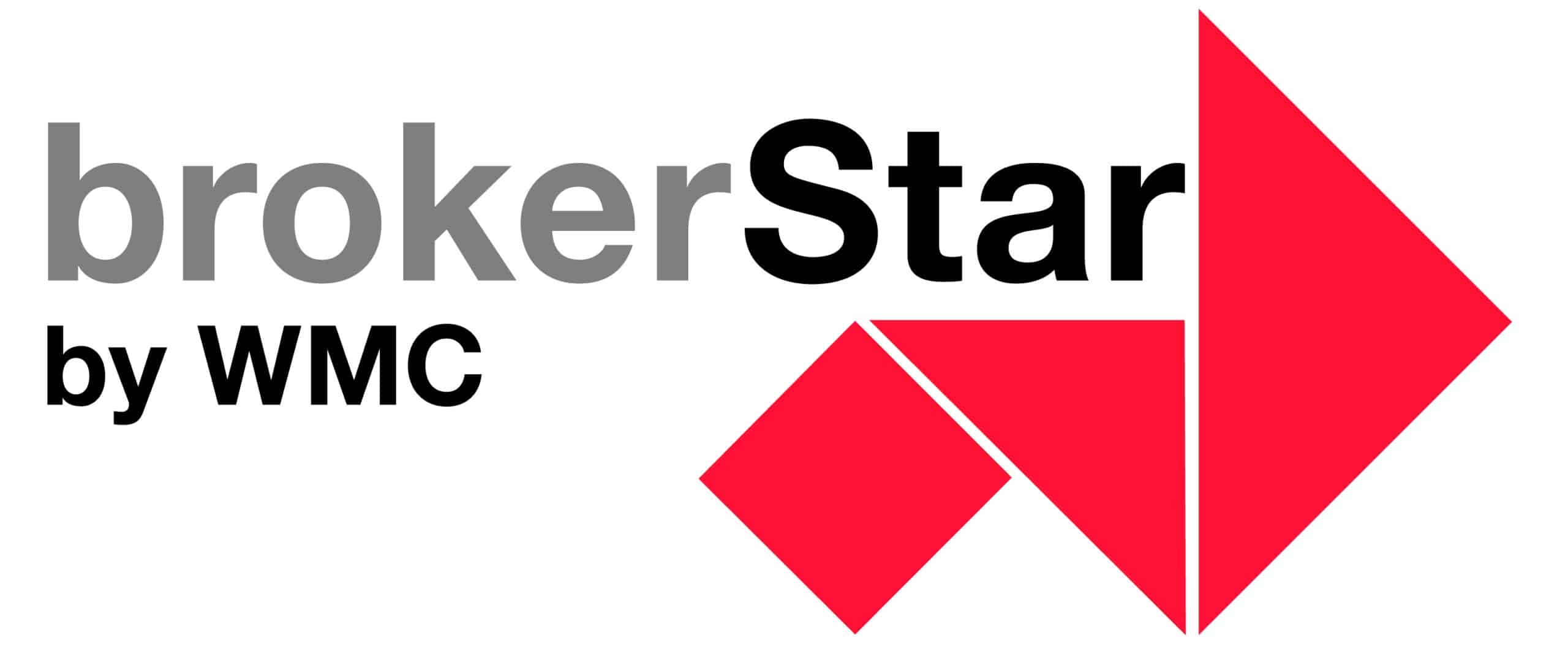Riskwolf bridges the gap between insurance and the insured with parametric products
18. November 2024 | Aktuell Allgemein Interviews
Parametric insurance had its biggest breakthrough in 1997 with the introduction of catastrophe bonds, which reinsurers used to protect themselves against natural disasters. The idea behind this is that they are not based on the actual damage, but on predefined parameters such as wind speed, earthquake magnitude or precipitation. When a certain threshold is reached, a payout is made, enabling a faster and more efficient response to damage and a reduction in costs. These insurance policies are used in particular for weather risks, agricultural insurance and disaster protection.
thebroker talks to Thomas Krapf, co-founder and CEO of the start-up Riskwolf, a platform that automates the process from idea generation to incubation to market launch.
What exactly is the benefit of better forecast data for insurers?
We believe that the comprehensive use of real-time and better forecast data for insurance purposes in the areas of underwriting and claims settlement has significant untapped potential.
Your platform allows a wide range of parametric insurance products to be structured, priced and operated. That sounds complicated. Is it complicated?
Yes and no. The parametrics themselves are relatively simple. Data source, definition of an objective trigger (threshold values such as temperature, wind speed, earthquake magnitude, rainfall, hail intensity), quantification of the payout (one-time or variable/linear payout) and monitoring of the trigger. Ideally, the data sources should be publicly available so that all parties have the same view (transparency). In addition, the triggers should have a high correlation with the loss event. Otherwise, the so-called basis risk is too high.
What we map at Riskwolf is then a relatively complex orchestration of the parametric business model with our three features/components:
- We operate our engine for each customer (insurance companies and related entities such as MGAs and captives) in a designated environment (tenant). This means that individual processes (quotation, claim notification) are integrated automatically and in real time using interfaces (API). For example, we can provide parametric covers for an online booking platform in the real-time booking process.
- We enable our customers – currently as a service and in future as a self-service – to define, price, quote and operate their own products for their end customers (farmers, gig workers, SMEs, etc.).
- Orchestration with ecosystem partners (reinsurers, data providers, sales organisations, aggregators) is offered by Riskwolf for the entire process of build, quote, bind, operate, monitor claim and assess claim. This is a highly complex ecosystem that we have solved with our platform.
What did Riskwolf do to be named one of the 100 most innovative InsurTechs in the world by FinTech Global? Congratulations!
Thank you. According to Wired, we are now also one of the 100 hottest startups in Europe and among the top 10 in Zurich. Well, we are not in business to get on lists. We want to make a real contribution to innovation in the insurance sector. This is our mission and if it is perceived positively, it is another plus point and helps us in terms of market and investor perception.
How can you use real-time data to provide insurance with Riskwolf?
We build on three components: historical quantification, real-time data and forecast models. Historical data and forecast models are incorporated into damage scenarios and quantified and simulated using statistical approaches real-time data is used to capture events and continuously compare them with the relevant parametric trigger in the insurance contracts. This enables the claims process to be triggered quickly and efficiently.
Since 2023, your main focus has been on weather risks. How successful have you been with this?
For the weather sector, our data sources are actually always vetted by the capacity providers. We follow the market practices that have already are used and accepted. In India or Australia, for example, we work with local providers IMD or BOM. The insurance covers derived from these always follow the guidelines of our insurance customers. For larger programmes, we can continuously review underwriting limits and claims histories and provide our customers with the necessary reports.
We are currently in the process of launching a monitoring solution for the technology sector as an open market solution. We are in ongoing discussions with potential partner companies. I expect to have more news on this in the coming year.
Why did you withdraw your offer for solutions for an IT outage or a cloud downtime?
Our offer to support cloud and internet outages is not withdrawn. If there are capacity providers that are willing to underwrite this risk, we would be happy to support. However so far the appetite has been very limited.
How can insurers create real-time events in minutes?
That depends on the scenario. With our cloud monitoring, we can check critical applications in real time (e.g. every 5/10/15 minutes) and identify outages. In addition to simple ping tests, we also test complicated scenarios such as a payment process or an e-commerce API. This allows us to record the start and end time of an outage within 15-30 minutes. This is relevant for BI coverage.
For the weather area, we are typically provided with daily updates, but this can also be more granular depending on the source. In India, we are in the process of mapping hourly frequencies for a partner.
How does the data transfer to digital partners and aggregators work?
We work with insurance companies and distribution partners as well as aggregators. In India, for example, we currently build an integration with a leading loan aggregator that is handled via an API.
Is it right to call you a risk management partner for all risks in the internet economy and, if so, why?
Riskwolf’s first product is in the area of the Internet economy (cloud and Internet downtime). We have built up four years of know-how there and maintain a monitoring architecture that measures and quantifies critical application outages and Internet availability, as described above.
Why are parametric insurance policies for cloud downtime so important today?
They are important because the digital infrastructure supports a massive amount of value creation and more and more processes are only available via the cloud (government services, medicine, rail and flight infrastructure, online banks, critical business applications).
What about internet disruptions?
The cloud infrastructure also depends on a stable internet and a functioning telecom infrastructure, e.g. with the physical deep-sea cable connections and the last mile to mobile phone towers and ISP distributors. The most stable cloud architecture is of no use if the undersea cable or mobile coverage fails.
What are parametric insurance for fuel prices for?
We developed this concept for the Vietnamese market. The aim was to use a PoC to map adverse price effects of commodities. This PoC showed us that we can map price fluctuations as well as weather fluctuations.
When do insurance policies for real estate mortgages come into effect?
We have our first programmes where we cover specific weather-related disasters for loans from banks to gig workers, farmers and SMEs. There is demand from emerging economies. Also from the impact investor and development bank angle, where there is a desire to better hedge their (usually weakly collateralised) loans and potential defaults. In mature markets, developments in the US (for instance Florida) will give some insights what the market is able to absorb and what not. Looking at this from a economic perspective, the expectations on return periods of such massive weather events should trickle down to the buyers and builders of properties in highly exposed areas. So either you build more resilient, or not at all. Building cheaper for shorter periods however is not very sustainable.
How does the market assess the future frequency of massive weather-related losses?
The private insurance market alone will very likely not be able to cope with this. The same applies to a lesser extent to Europe. We believe that better prevention, more accurate forecasts and stricter building codes have greater leverage. Transfer solutions can then be combined with loss control through better prevention and loss avoidance.
Thomas Krapf is the CEO and Co-Founder of Riskwolf. He has more than 2 decades of significant business experience in the re-/insurance industry with engagements in New York, London, Mumbai, Singapore, Paris, Munich and Zurich.
During this time, Thomas initiated and contributed to three startups in the re/insurance space. He built and released one of the first global e-business platforms for facultative P&C reinsurance. He was the co-initiator of initiatives such as Rueschlikon and ACORD eBOT – moving the industry from paper/e-mail to fully integrated electronic processing. He led numerous projects in client markets, underwriting, claims, actuarial, Nat-Cat exposure management, technical accounting, financial accounting and Solvency II.
He holds a Masters in Economics from University of Zurich in Switzerland, as well has completed the ARM and ERM degrees.
Read also: Swiss Re Institute now offering a course for InsurTechs






